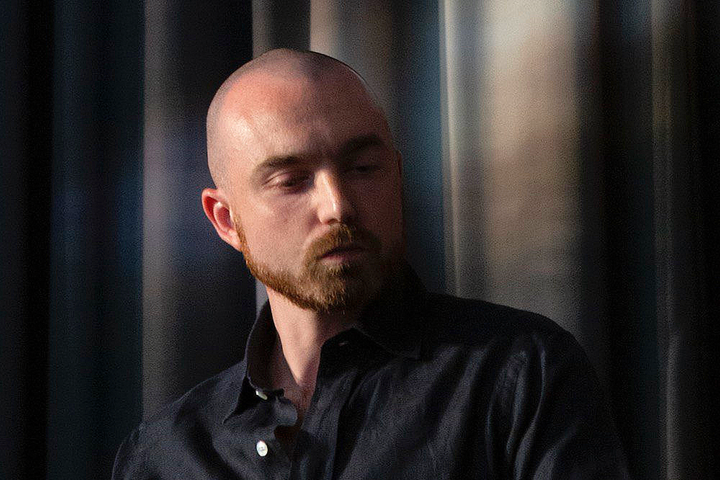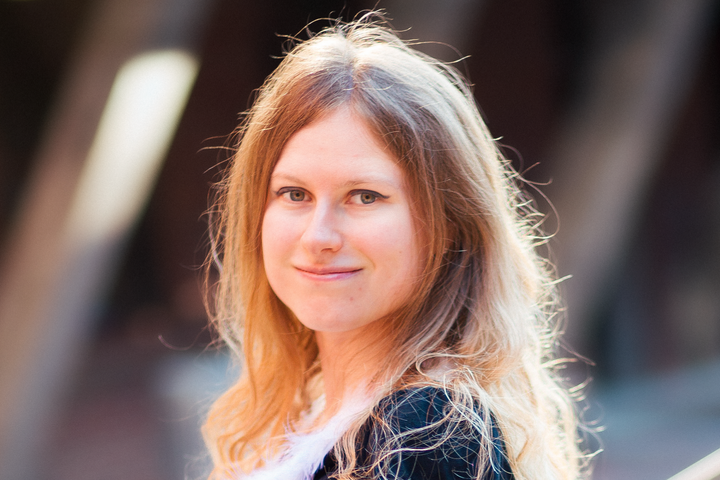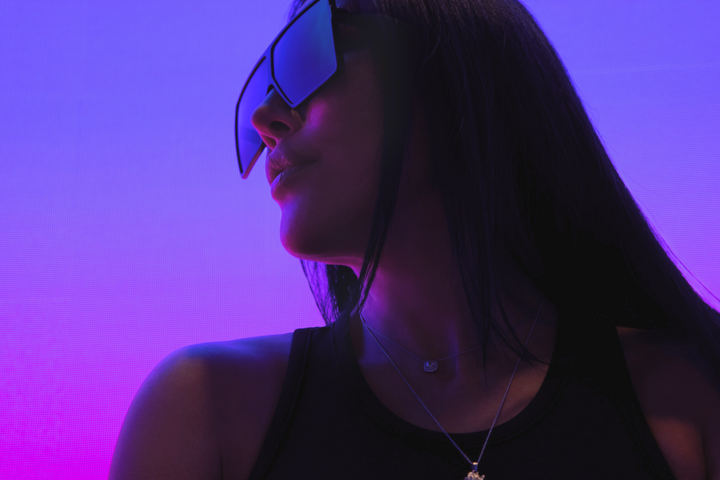Urs Fischer - NFTs, just a Medium? Yes, but one that Mirrors our Collective Subconscious and the Beginning of Something that Needs to Grow

Blue-chip artist Urs Fischer comes from the traditional art world, but he made quite some noise last year when he launched his first NFT series CHAOS #1–#501 on Opensea. For The Curated he speaks to Snejana Krasteva, Chief Curator at Luminous Art Foundation, about lack of actual art in NFTs, cross pollination between art and digital scenes, and the endless conceptual possibilities of what he considers a cool medium.
NFTs are not art—they are just NFTs. It’s a cool medium that allows a certain way of communicating, sharing, and validating artworks. People only got interested in NFTs after the Beeple’s sale at Christie’s. Before it was like “That’s bullshit!” but then it was like “Is it art? Is it not art?”
Who cares? He just did it, and everybody paid attention.
So many conceptual possibilities
Conceptually, a lot has been touched by NFTs. For instance, you have currency building through the blockchain, so there is an aspect where the currency is built into the NFT; or the participatory aspect for instance. NFTs melt different things together. I don’t really know how revolutionary it will turn out to be, it’s too early to really understand the implications of this medium, but it’s the beginning of something that needs to grow.
Happy Chaos
The same way we don’t know exactly what’s going to happen with my CHAOS project, the work evolves as the technology does. Each NFT includes a reference rendering–we don’t consider them as artworks–of two 3D digital objects moving into each other (say a hairbrush and an octopus, such as in CHAOS #183 Mimes) and a set of instructions and data to build the actual digital sculpture in any digital space. At the moment, we have those flat renderings of sculptures you can see on your phone. We’ll see where that leads us.
Where is the Art?
I see so many platforms and opportunities set up for artists. There are a lot of initiatives to actually make this place happen and endless conversations about everything that could happen, but within the art itself, I don’t see it happening. It’s a weird thing, it is like having 50 new galleries and museums in the city, but no art. The most interesting projects I see are always interesting in a conceptual way. That kind of stimulates me most. On a visual level, I think the most interesting art has a root in folk art. I think that the best art comes from folk art and almost never through academia.
Digital and Physical is the difference between Content and Art
Most of the digital art we see today, we see so through our phones. Also with physical art, people take a photo or a video and then you look at it on your phone. It leads to a lot of metamorphoses. So, the idea to create something digital straightaway makes a lot of sense. The problem is that personally if something is on a phone, it becomes content like any other content on my phone. I look at it and what do I do with it? There is an ambition in the NFT art to bring it more into the real physical space. Because in the end–it’s about sharing with a community of people, and it’s nice to share something real.
What do I think of Bored Apes and CryptoPunks?
Bored Apes are set up as a media company, they want to expand, they even want to do a dating thing. They definitely have clever marketing, but for me, this is not interesting. The CryptoPunks project is actually interesting because it is conceptually very clear. Because you attach an image, which is a simple image, and this image has a variation. It's visually stimulating to me. I am sure it has its prehistory, they didn’t just invent it. But do I want to own one pixel of a painting? To be honest, it doesn’t give me a thrill—it is not something I get excited about.
Does it make sense to bridge the traditional art world and digital together?
If you, as a curator, bring more artists from the traditional art world to know more about NFTs, yes it would be a more interesting space. In fact, it is interesting that a lot of NFT artists are trying to move into the traditional art space. I like to look at NFTs as one, just looking at the whole thing together makes it very interesting–it’s like a collective subconscious.
Art is forever but it can also disappear
The interesting thing about art is that it deals with eternity. It goes from cave paintings till now–it’s one story. But anything we do now in the digital world has an extremely short memory. Because everything is data, and data will maybe deteriorate at some point, there will be no more records, just garbage, and plastic. I believe when archeologists will research our times, they will think that civilization has disappeared.
Urs Fischer was born in 1973 in Zurich, he studied photography at the Schule für Gestaltung, Zurich. He has exhibited extensively internationally and has his work included in many important public and private collections worldwide.



